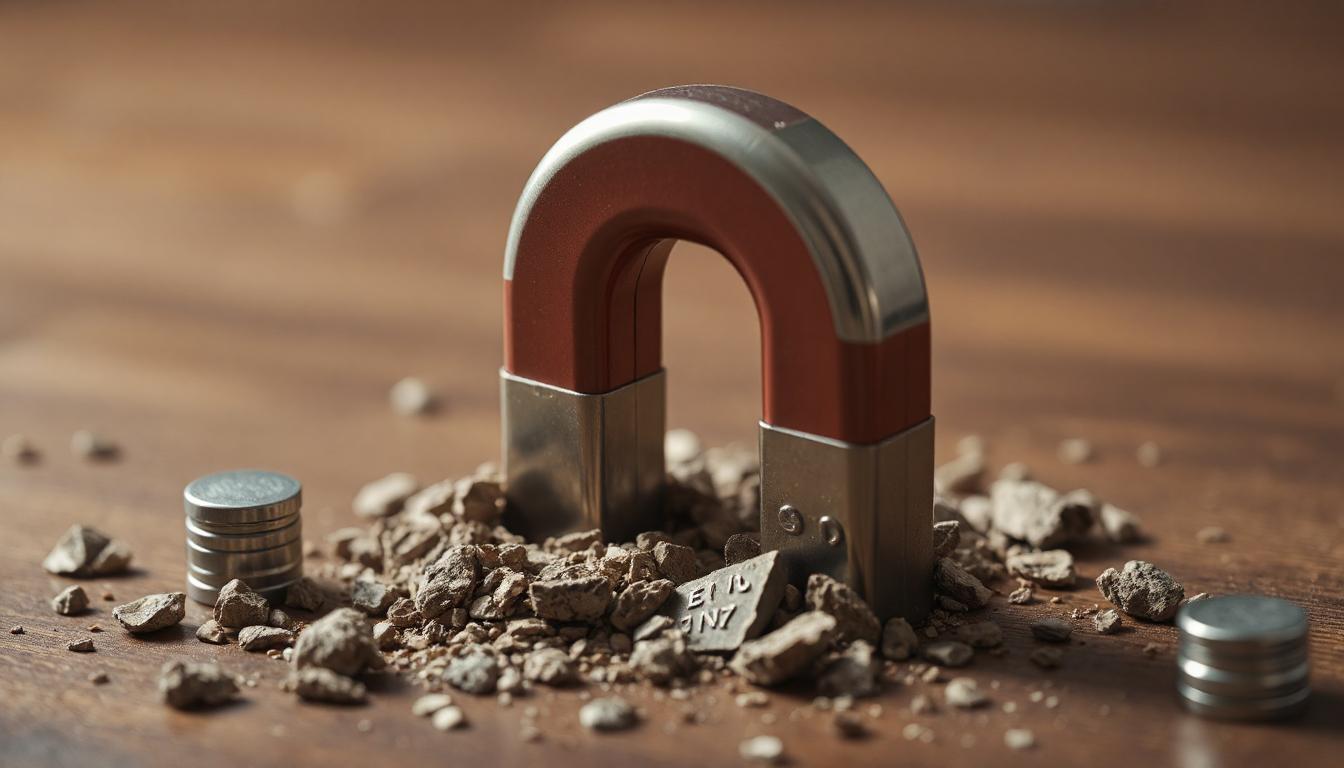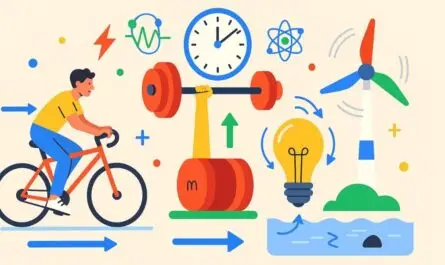Magnets have been an integral part of modern technology, finding applications in everything from household refrigerator doors to complex scientific instruments. Yet, many wonder: Why do magnets lose their magnetism? The answer lies in how magnets are created and how their molecular structure can be altered over time. This can happen due to heat, physical damage, or exposure to certain opposing magnetic fields. All these factors contribute to the gradual weakening of a magnet’s strength.
Magnets work by aligning domains-tiny regions within the material-so that all or most of the electrons spin in the same direction. This alignment creates a net magnetic field. If conditions disrupt this alignment, the magnet’s power declines. Although some magnets are more resilient than others, none are completely immune to losing a portion of their magnetism under unfavorable conditions.
Understanding Magnetism: A Quick Overview
Before exploring why do magnets lose their magnetism, it helps to understand what magnetism is. In simple terms, magnetism arises from the motion of electric charges. Certain materials—especially metals like iron, nickel, and cobalt—can be made into permanent magnets when their internal atomic structure is aligned in a specific way. This alignment ensures a lasting magnetic field unless it is disturbed by external factors.
- Permanent Magnets: Typically made from materials such as neodymium, samarium cobalt, and ferrite. They keep their magnetism over extended periods but can still lose it under extreme conditions.
- Temporary Magnets: Only magnetic under certain circumstances, such as when in contact with a permanent magnet or an electric current.
Why Do Magnets Lose Their Magnetism Over Time?
- Heat Exposure
- High Temperatures: Every magnet has a Curie temperature, the threshold above which it loses its ability to remain magnetized. For instance, a neodymium magnet can weaken if heated above its Curie temperature (around 310–400°C, depending on grade).
- Thermal Fluctuations: Even fluctuations in temperature below the Curie point can gradually reduce magnetic strength by causing slight internal shifts in magnetic domains.
- Physical Damage
- Impact and Vibration: Dropping a magnet or subjecting it to constant vibration can dislodge its internal structure, causing partial or complete demagnetization.
- Mechanical Stress: Repeated bending or twisting of flexible magnets can progressively weaken their magnetic fields.
- Stray Magnetic Fields
- Opposing Fields: When a magnet is placed near another strong magnet with a different orientation, its domains can be disrupted.
- Electromagnetic Interference: High levels of electromagnetic fields generated by strong electrical currents can also disturb a magnet’s domain alignment.
- Corrosion
- Oxidation and Rust: Certain magnet materials, especially those containing iron, can rust if not coated or protected. Over time, corrosion can compromise their structure and reduce their magnetism.
Key Factors That Make Magnets Lose Magnetism
| Factor | Effect | Example |
|---|---|---|
| Excessive Heat | Increases atomic movement, disrupting alignment | Leaving a magnet near a stove or engine block |
| Physical Impact | Dislodges magnetic domains | Dropping a magnet from a great height |
| Exposure to Opposing Field | Causes partial or total demagnetization | Storing magnets of opposite poles too close |
| Corrosion | Damages the structure and diminishes strength | Iron-based magnets rusting in a moist environment |
| Material Quality | Lower-quality materials are more prone to domain movement | Cheap ferrite magnets wearing down faster than rare earth magnets |
How to Prevent Magnets from Losing Their Magnetism
- Proper Storage
- Separate by Poles: Store magnets so that opposing poles do not face each other, reducing the chance of domain disruption.
- Utilize Keeper Bars: Magnetic keeper bars or plates help preserve a magnet’s field by providing a closed magnetic circuit.
- Control Temperature
- Cool Environment: Keep magnets away from high-heat sources and direct sunlight.
- Shield from Extreme Cold: While cold typically strengthens magnetic fields, extremely low temperatures can cause brittleness in certain magnet types, leading to breakage.
- Protect from Physical Damage
- Avoid Drops and Shocks: Handle magnets gently to prevent impact.
- Use Coating or Casing: Protect magnets from corrosive elements by using protective coatings like epoxy or nickel plating.
- Regular Maintenance
- Clean Surfaces: Remove dust or grime, as debris can hamper a magnet’s performance in applications like motors or sensors.
- Check Alignment: In sensitive devices, ensure the magnet’s orientation has not shifted, which could impact its field strength.
Practical Applications and Limitations
Magnets are found in a wide array of devices:
- Motors and Generators: Depend on robust magnetic fields to convert electrical energy to mechanical energy (and vice versa).
- Medical Equipment: MRI machines require powerful and stable magnets to produce accurate images.
- Electronics: Speakers, headphones, and sensors all rely on magnets.
Despite these broad uses, no magnet can maintain infinite strength forever. Recognizing why do magnets lose their magnetism is crucial for minimizing losses, particularly in settings that require stable performance.
Frequently Asked Questions (FAQs)
- Why do magnets lose their magnetism when heated?
Heat increases atomic movement, disrupting the aligned domains responsible for magnetism. When the Curie temperature is reached, magnets can become demagnetized. - Does freezing a magnet strengthen it permanently?
Colder conditions can improve a magnet’s strength temporarily by reducing atomic motion. However, extreme cold can cause brittleness, and once temperatures return to normal, the overall strength usually reverts. - How long do magnets typically last?
With proper care, many permanent magnets can retain most of their magnetism for decades. The exact duration depends on the magnet’s material and environment. - Why do magnets lose their magnetism after repeated impact?
Physical impacts can knock the magnetic domains out of alignment. Over time, repeated hits or vibrations can weaken a magnet substantially. - Can magnets regain lost magnetism on their own?
Generally, once a magnet has lost a significant portion of its strength, it cannot spontaneously regain it. Re-magnetization using a strong external magnetic field is often required.
Conclusion
Understanding why do magnets lose their magnetism opens the door to better handling, storage, and care. Factors such as heat, physical damage, opposing magnetic fields, and corrosion all contribute to the gradual decline in a magnet’s strength. By controlling temperature exposure, safeguarding against severe impacts, and using protective coatings, magnets can be kept in optimal condition for an extended period.
In daily life, magnets make numerous tasks simpler and more efficient. Whether in a household appliance or a high-tech medical device, recognizing the vulnerabilities of magnets ensures that they continue to function as intended. This knowledge not only saves time and costs but also helps preserve the reliability of many essential tools and machines.
Just the Final Answer
Magnets lose their magnetism mainly due to heat exposure, physical damage, interaction with opposing magnetic fields, and corrosion. Proper storage, handling, and protection from extreme temperatures or impact can help maintain magnetic strength.




